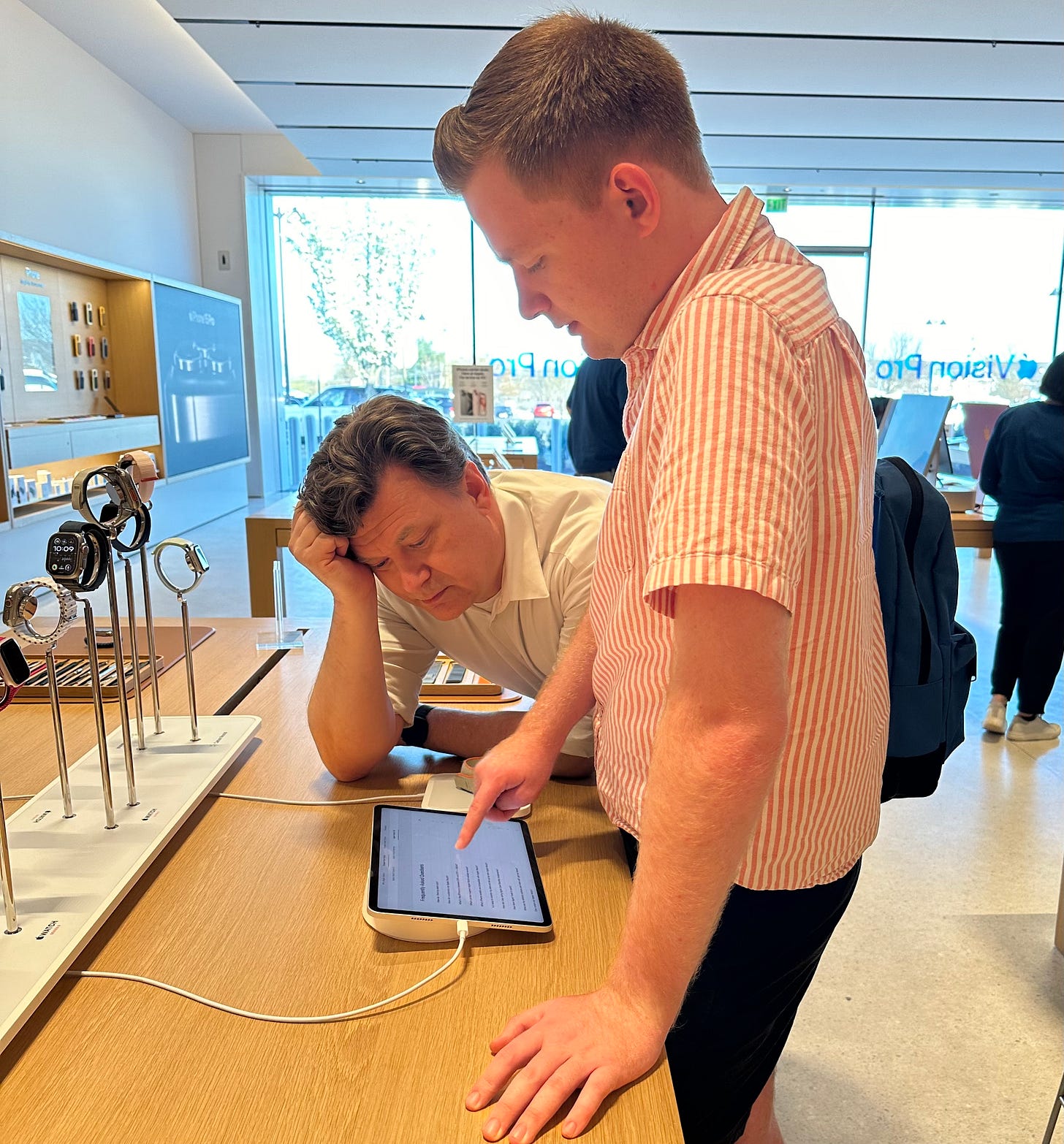Yesterday, on the drive to Ian’s reading tutor, he said, “mom, when I see or hear a word, I see a picture of it in my mind.”
“So, when you read the word ‘tree,’ you see a picture of it in your head?,” I asked
“Yes. And when I see too many words in my head, I get a headache.”
“If you’re in a really wordy situations, you should take a break.”
“Yes.”
Ian is 22, and I’m only just learning about the images in his brain Over the past two years, as his communication skills and self awareness improve, he’s been revealing more and more about his unique thought processes. Last year, we learned about OCD and Stuck Song Syndrome. This week, it’s thinking in pictures.
Because I’m a devoted follower of Temple Grandin, I’ve always known that some people with autism think in pictures. She describes her visual thinking style:
Words are like a second language to me. I translate both spoken and written words into full-color movies, complete with sound, which run like a VCR tape in my head. When somebody speaks to me, his words are instantly translated into pictures. Language-based thinkers often find this phenomenon difficult to understand, but in my job as an equipment designer for the livestock industry, visual thinking is a tremendous advantage.
She later says that she thinks that there are three types of autistic brains: First there are the visual thinkers, who excel at mechanics, engineering, and construction. The second kind are the pattern thinkers, who are great at math, music, and computers. And the third kind are the verbal-logic thinkers, who excel at history, sports statistics, and stock market information.
I always knew that Ian was great at pattern seeking. He looked at the multiplication tables once and just knew them. He taught himself how to read music in a few days. He was tested in language decoding at the 99.9th percentile, when he was five. But he never talked about pictures in his head. I always thought he was a solid number 2 in Grandin’s typology. Turns out he’s a visual thinker, too.
I love that our kids — all of our kids — keep revealing themselves to us. My kids are in their 20s, but I’m still getting to know them. My oldest guy constantly surprises me with some new bit of information about politics or sports that he picks up from Reddit. He is a bottomless bucket of kindness of his brother.
It’s a real treat to get to know the adult versions of the little children, who I fed and bathed and treated like an extension of my own body. I love watching them get smarter and learn new tricks. These adults are fascinating.
As I’m getting to know my own children better, I’m also learning more about transition to adulthood. I’m watching a webinar at noon today about ABLE accounts, which are a way of saving earnings from paid employment, while continuing to collect benefits from the state.
Jersey also allows disabled folks to earn up to $65,000 per year without losing their disability benefits. This is big for those with high functioning autism, who can earn money doing computer stuff even though they still have pretty heavy autistic issues. Theoretically, a person could be earning $41,000 from the state with Tier B level and still made another $50K per year typing in medical disability codes.
Now that I understand the basics of the disability support system, I’m really geeking out about all the loopholes and opportunities. It’s good for Ian, and it’s good for my business.
And I’ve been learning all about setting up a new consulting business. I’m reading Launch, by Jeff Walker.
After doing several free webinars this spring, I’m taking a break and focusing on private support services. I’m also creating content for YouTube and TikTok. Tomorrow, I’ll begin recording content. I’ll share later.
Publications
I wrote about autism for NJ Education Report this week. Read more here.
LINKS
Personal: Some pictures of life on my personal blog.
Watching: We finished Fallout. Now, we’re watching Shogun.
Lots of parties for Ian’s 22nd Birthday.
Have a great weekend, folks! Be good to yourself.






One correction: ABLE accounts are available in all 50 States. Some states don't have their own program, so you must contact another state to set it up. We had to do this initially, and later Cal-ABLE became available. Florida is the only state that doesn't allow people from other states to join their program. In California, the income limit and amount of SSI support are ridiculously low, so an ABLE account is essential.
I’ve learned more about my son in his 20s, also. He was 19-20 when he told us he did not see any pictures in his head! He used to read a lot, and I can't imagine reading without picturing anything! He also has an incredible memory, but usually, it is about things he is interested in, not random statistics. It has been nice to see him able to explain better what he is experiencing. There seems to be more self-awareness now.